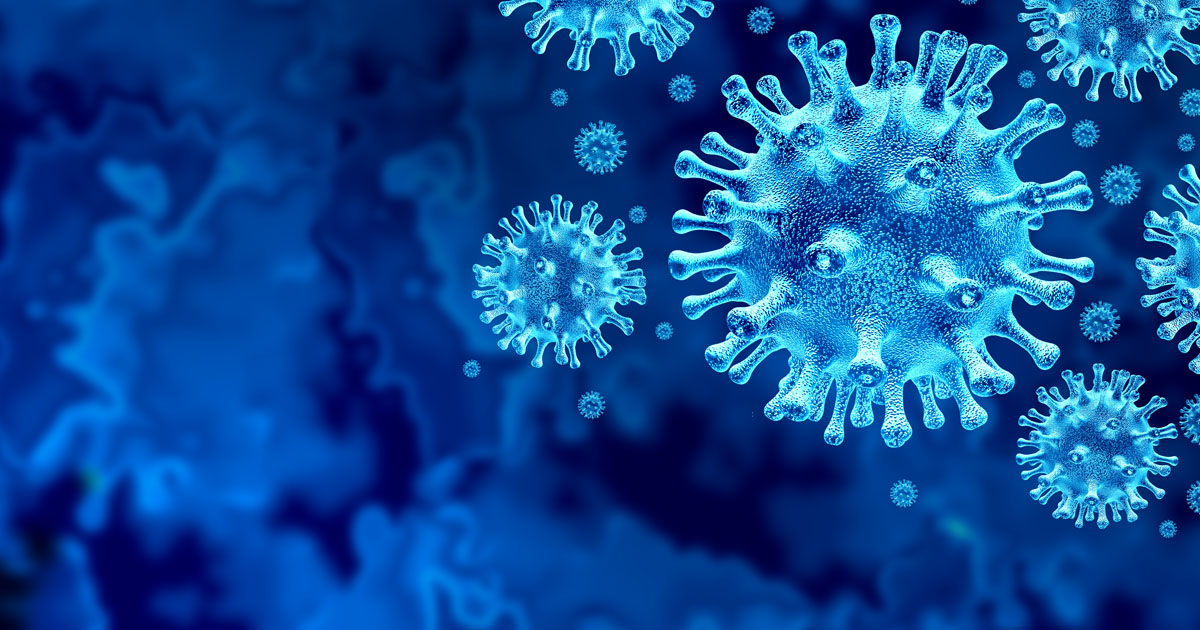
This article first appeared in The Health Advocate published on 5 May 2022.
Written by Andrew Masterson, Communications and Media Adviser, NWMPHN and Lanie Harris, Media and Communications Adviser, cohealth
‘Infectious diseases,’ wrote Melbourne’s Nobel Laureate and national treasure Peter Doherty in 2013, ‘are no respecters of wealth, power or personal merit.’
In mid-2020, when the first wave of COVID-19 infections broke across Victoria, there was reason to disagree – a difference of opinion that led, rapidly, to a collaboration between community health, general practice and hospital care that came to define the state’s response to the pandemic.
Professor Doherty is correct, of course, in implying that a virus can physically enter anyone it encounters. However, plentiful data exist to show that such encounters are far more likely among populations characterised by low incomes, high-density housing, unstable work and high mobility.
Influenza can infect a CEO or a part-time forklift driver, but it’s the person in the high-vis gear who is much more likely to meet it.
It was therefore not much of a gamble, back in 2020, to be that the same grim pattern would manifest with SARS-CoV-2 – a disease for which at that time there was neither treatment nor vaccine.
This unappealing prospect prompted an urgent collaboration between the Royal Melbourne Hospital, community health organisation cohealth and North Western Melbourne Primary Health Network (NWMPHN) – three agencies with catchments that covered many of Melbourne’s most under-resourced suburbs.
The collaboration sought an effective way to combine the resources, expertise and social connections of three levels of health care. The aims were multiple but linked: to prevent an influx of cases into hospitals, to allow GPs to monitor and manage patients with mild symptoms, and to make sure that financial and psycho-social factors were addressed so that those patients could isolate at home without hardship.
The result was a set of protocols that became known as the COVID Positive Pathway. Launched in August 2020, it was quickly bolstered by other health services, and, almost as quickly, adopted and adapted by regions across the city and the state.
COVID Positive Pathways are now the standard model used for the management of the pandemic for the whole of Victoria. The significance of the first Pathway has now been recognised in a major peer-reviewed paper published in the Medical Journal of Australia. Lead authors are three of the original architects: Dr Seok Ming Lim from The Royal Melbourne, Dr Nicole Allard from cohealth, and Janelle Devereux from North Western Melbourne Primary Health Network.
‘In the design and delivery of the program we recognised the importance of incorporating social and mental health supports for people, recognising that people’s social circumstances may limit their ability to isolate,’ says Dr Allard.
‘We developed a model that supported the complex needs of people who had to isolate at home for 14 days. Our teams assisted with complex care navigation – meeting people’s health needs beyond COVID-19, and social support for them to stay at home safely.’
Following triage by cohealth, COVID-positive participants were allocated to low, medium or high tiers of care according to their symptoms and disease risk factors. Low risk participants isolated in their own homes, in most cases, monitored every two days via telehealth, where possible by their regular GP. If a patient deteriorated, treatment escalated rapidly.
People at risk of severe disease and those with moderate symptoms were referred to hospital outreach services. Those already seriously ill were placed in wards or ICU.
By December 2021, around 35,000 people had been referred to the program, equivalent to about one in six Australians who had contracted COVID-19 at that time.

‘The aim of Australia’s first COVID Positive Pathway was to provide universal care,’ says NWMPHN’s Janelle Devereux.
‘This was a big ask in the rapidly evolving and sometimes chaotic environment of the first coronavirus wave, but nevertheless it captured and treated 83 per cent of diagnosed eligible people.’
Of course, methods for managing coronavirus also evolved, as vaccines and, later, treatments became available. New variants also changed the picture. Throughout the pandemic, however, the Pathway model has proven robust and adaptable.
In Victoria, it remains the bedrock management tool.
Indeed, Drs Lim and Allard, and Ms Devereux, are already looking at is usefulness for treating other conditions, a long way removed from SARS-CoV-2.
Work is underway investigating how the Pathway model can be deployed, suitably tweaked, for the management of certain chronic conditions, including heart disease, lung disease and mental health challenges.
Because these too, as Professor Doherty might note, are no respecters of wealth, power, personal merit – or postcode.




